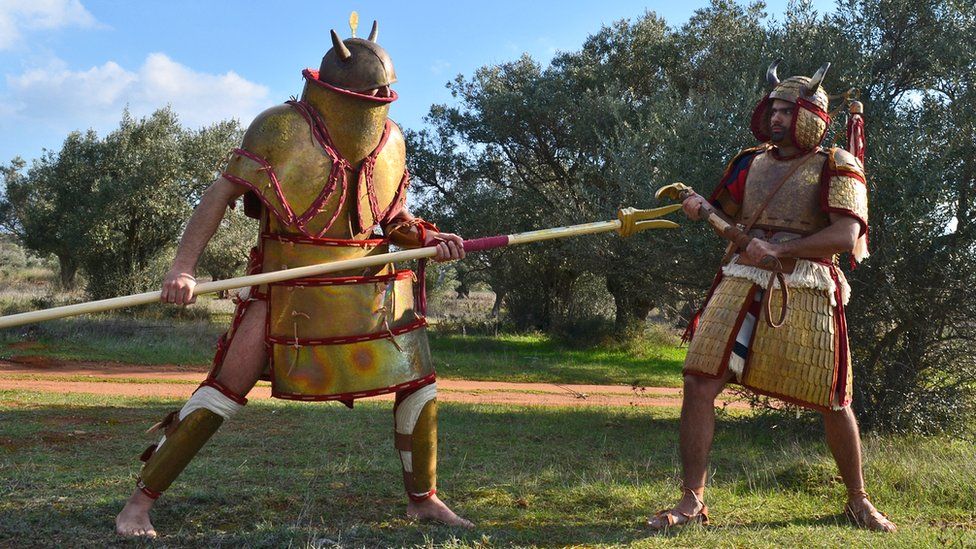
The Evans family had been interested in archaeology for generations. In recent years more self-reflexive examinations of Sir Arthur Evans have shown that he was very much a product of his time, influenced by his family background and his own personal, academic and political experiences. All interpretation of archaeological evidence is coloured by preconceptions and contemporary experience.

Material remains might be objective evidence about an ancient civilisation, but this evidence must be interpreted, and this cannot be a neutral and objective activity. (letter from Currelly to Simpson 6th November 1935)Īrchaeology is not an exact science. I suppose over 90 per cent of all objects found in Crete have been in his hands for examination, and the then director of the National Museum of France said to me years ago, “When Evans says a thing, I accept it without question.” Evans was considered the expert, with experience of the material and a good eye for detail. A wealthy English archaeologist, it was Evans who excavated the ‘palace’ at Knossos on Crete, and who adopted the term ‘Minoan’ to describe the Bronze Age people who had lived there and elsewhere on Crete. Simpson, Ontario Minister of Education, 6th November 1935)Īs Currelly’s words suggest, Sir Arthur Evans was the single most influential person to have shaped modern understanding of the Minoan civilisation. It would be a bold man, or a very silly one, who would challenge Sir Arthur’s opinion.


 0 kommentar(er)
0 kommentar(er)
